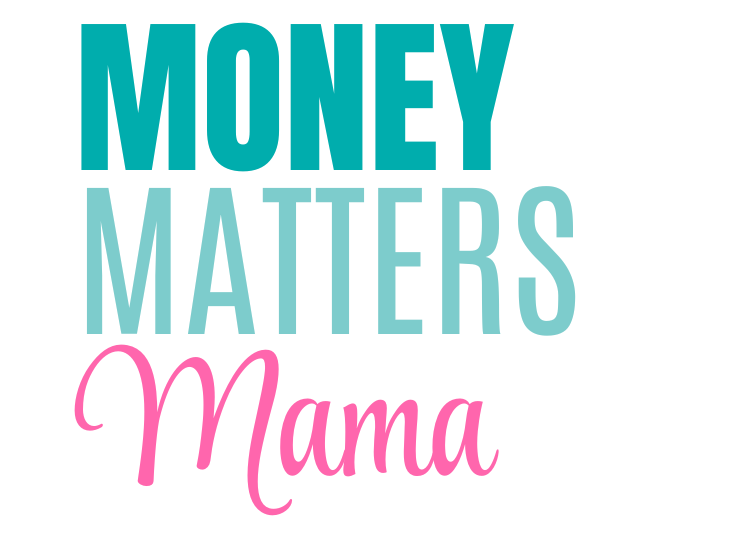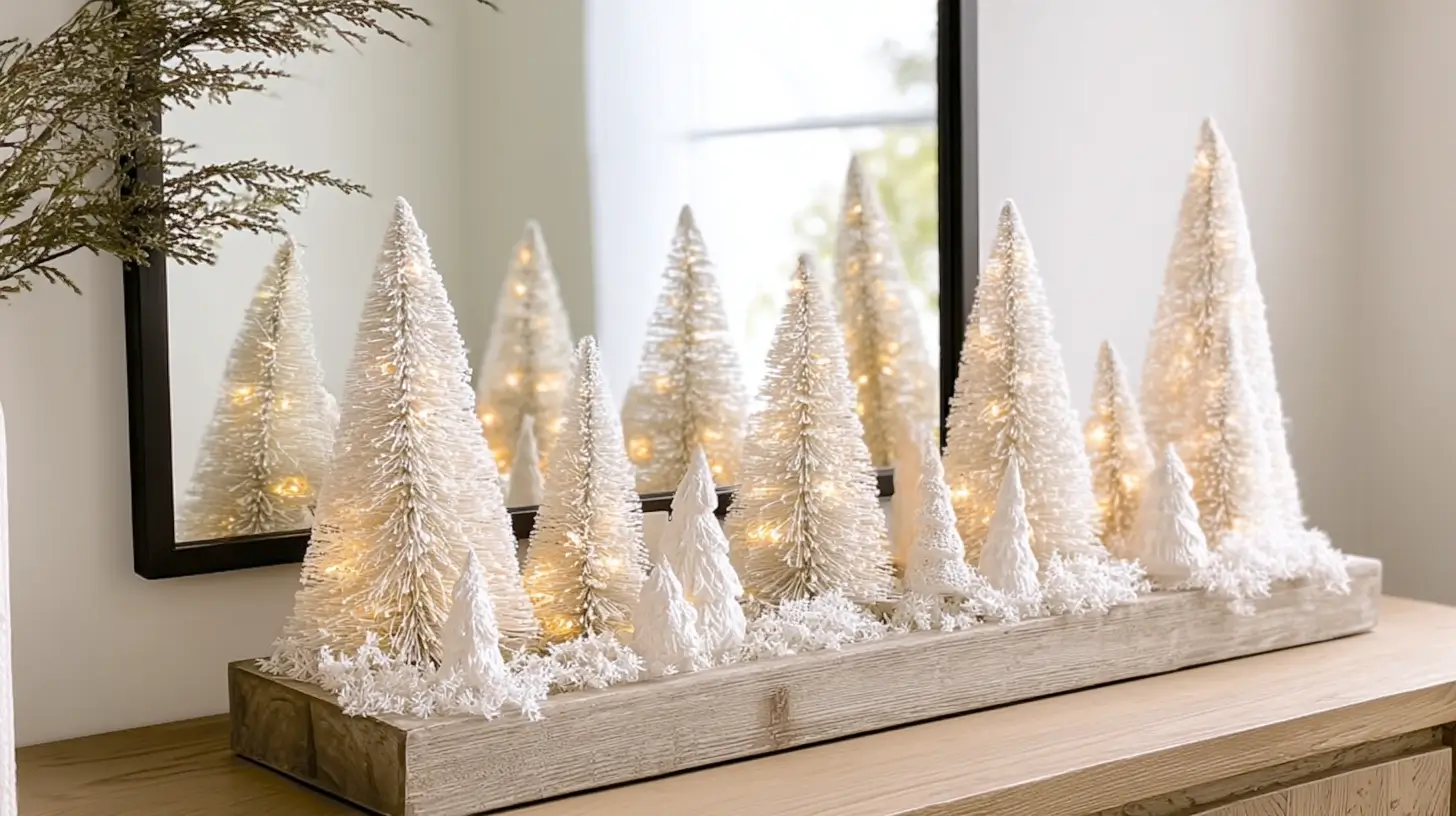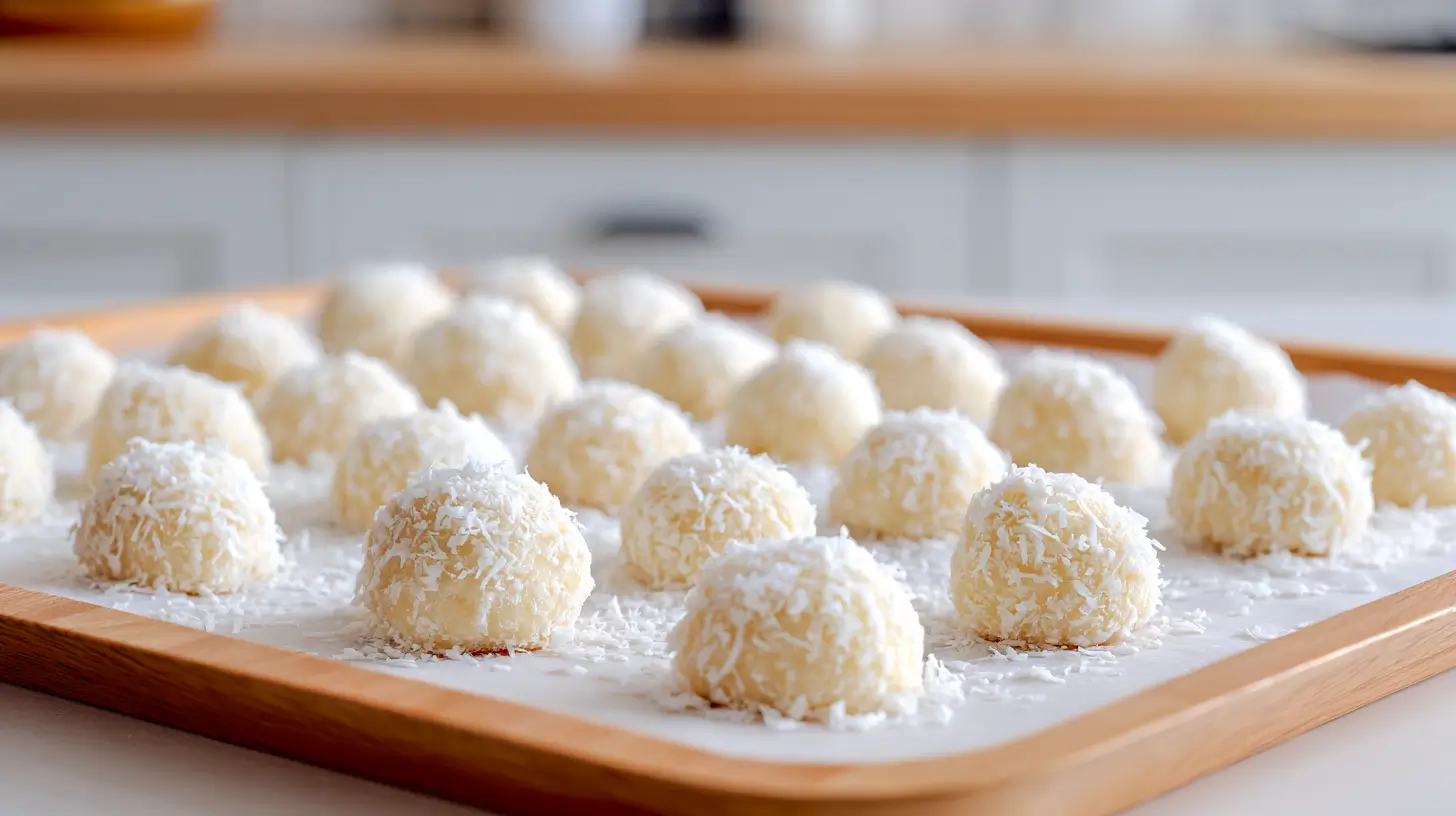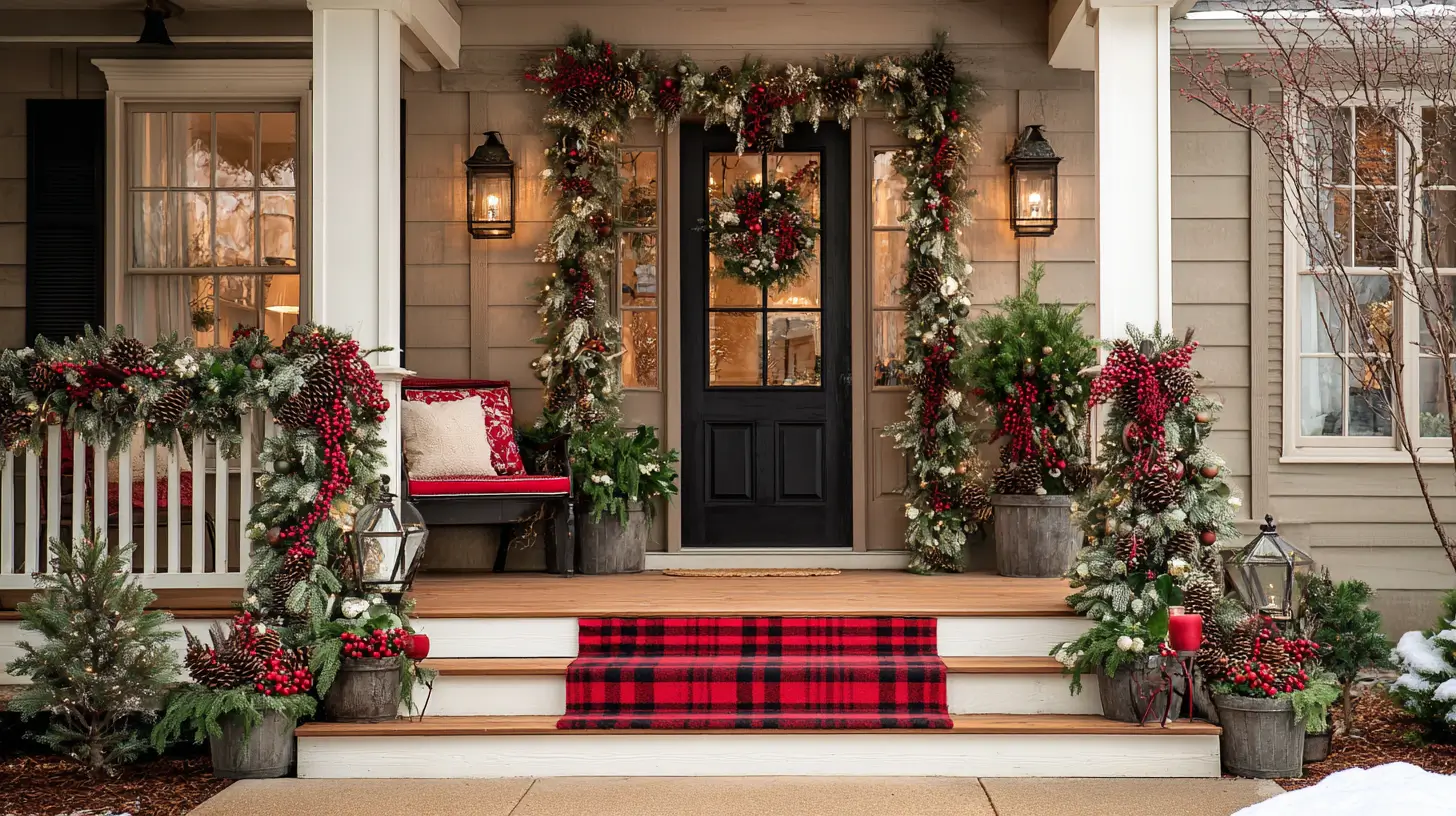When I first started looking into sustainable living, I thought it had to be expensive or extreme. I pictured fancy reusable gadgets and people growing all their own food. But that’s not what it has to look like. You don’t have to change your entire life overnight. And you don’t have to spend a lot of money, either.
This post is full of practical ways to start living more sustainably on a budget. You’ll see ideas that are simple to try, cheap to do, and actually make a difference. We’ll talk about swapping things out, reusing more, and wasting less. Whether you live in a tiny apartment or have a full house with kids running around, these tips can work for you.
I’m not going to push you to compost your leftovers or install solar panels. This isn’t about guilt. This is about real life. The kind where you’re just trying to save a little money and feel good about your choices.
The keyword here is sustainable living, but it’s really about smarter living. It’s for all of us trying to do a little better without losing our minds or blowing our budgets.
So if you’ve ever felt like going green sounded like too much effort, you’re in the right place. Let’s walk through the easy things you can do that won’t cost a fortune. Things that are doable even if you’re busy, tired, or juggling a lot.
And the best part? Many of these changes help your wallet too. If saving money is your goal, you’ll love what’s ahead. Let’s get into it.
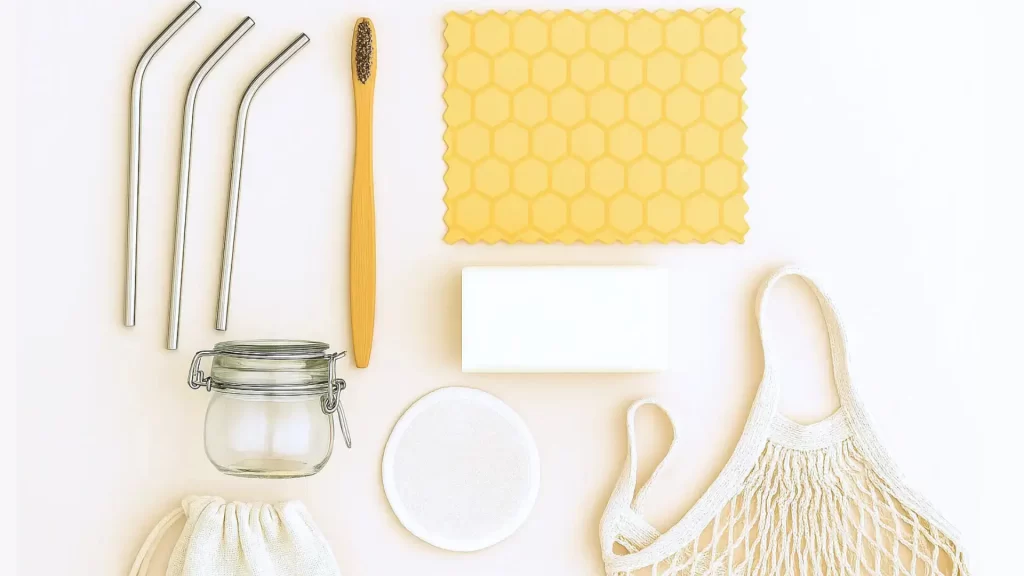
This site includes affiliate links; you can check the disclosure for more details.
Why Reuse Beats Buying New
We’re used to replacing things. Something breaks, we toss it. But with sustainable living, we flip that habit.
Reusing saves money, cuts waste, and keeps stuff out of landfills. It also makes you more mindful of what you buy in the first place.
Start by asking yourself one simple thing: “Can I use what I already have?”
Try these:
- Save glass jars for storage or leftovers.
- Use old T-shirts as cleaning rags.
- Repurpose cardboard boxes for organizing.
- Turn pasta sauce jars into flower vases.
Reusing also means shopping secondhand. You’d be surprised what you can find at:
- Thrift stores
- Yard sales
- Online groups like Buy Nothing or Facebook Marketplace
Not only are these options affordable, but they also keep perfectly good items from being trashed. You’re not only saving money—you’re cutting down on waste.
Think of it like giving items a second life. One person’s donation can become your new favorite find.
Kids outgrow clothes fast. Instead of buying new, consider clothing swaps. These are great for moms, especially when budgets are tight.
Another great trick? Repair before replacing. A popped seam or a loose screw doesn’t always mean “trash it.” Sometimes a quick fix is all it takes.
Reusing can become a fun challenge. Can you find a new use for something before tossing it? That mindset shift is key in making sustainable choices without spending more.
It’s not about being perfect. It’s about being thoughtful with what we already have.
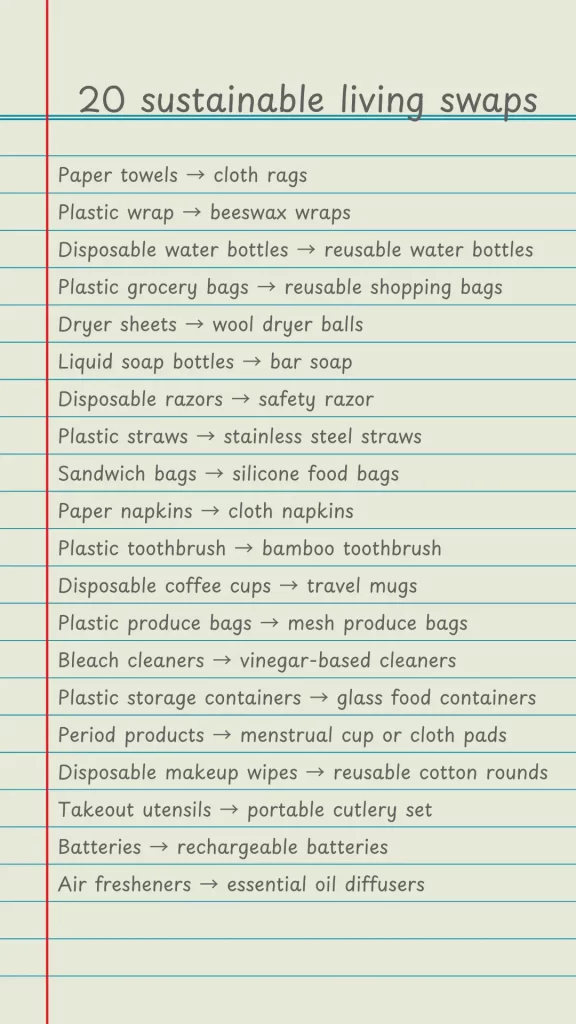
Easy Sustainable Living Swaps That Save You Money
You don’t need to change everything at once. Just start with a few easy swaps. These little changes make a big impact, both for your budget and for sustainable living.
Here are a few beginner-friendly ideas:
- Replace paper towels with washable cloths.
- Use refillable water bottles instead of buying cases of water.
- Switch to bar soap instead of body wash in plastic bottles.
- Try reusable grocery bags instead of plastic ones.
These swaps seem small, but they really add up.
Let’s talk about paper towels. Most families go through a roll every few days. Switching to cloths can save $100 or more a year. And they last forever.
Bar soap is another money-saver. It costs less per use and comes with less packaging. Plus, there are so many great options that smell amazing.
Same goes for water bottles. A good reusable one lasts for years. And you’ll stop tossing plastic bottles that take hundreds of years to break down.
Even kitchen storage can be swapped:
- Use beeswax wraps instead of plastic wrap.
- Store leftovers in glass containers instead of disposable ones.
Don’t feel like you have to do it all at once. Choose one swap and stick with it. Once that becomes a habit, try another.
That’s the thing about small changes. They grow over time. And before you know it, you’ve built habits that help the planet and stretch your dollars.
Start where you are. That’s more than enough.
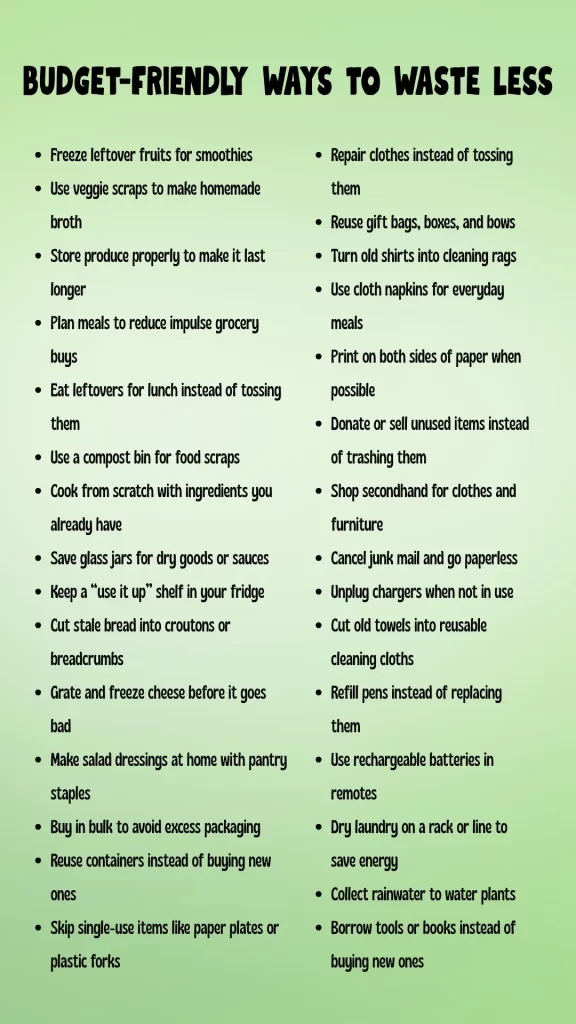
Budget-Friendly Ways to Waste Less
Wasting less goes hand in hand with sustainable living. And it doesn’t mean living with less. It just means using what you have more wisely.
Let’s start with food. We throw away so much without even realizing it. But a few small changes can make a big difference:
- Freeze leftover fruits for smoothies.
- Keep veggie scraps to make broth.
- Plan meals before grocery shopping to avoid overbuying.
- Store produce the right way so it lasts longer.
You’re not only reducing waste—you’re saving money every single week.
Clothing is another area to watch. We tend to toss clothes for small stains or tears. Instead, try:
- Mending small holes by hand.
- Removing stains with household tricks.
- Dyeing faded clothes for a fresh look.
Old doesn’t have to mean useless.
You can also reuse items that usually get thrown away:
- Use cereal boxes for kids’ crafts.
- Save gift bags to reuse later.
- Cut up greeting cards to use as labels or tags.
Even birthday parties and holidays can be done with less waste:
- Skip balloons and use streamers instead.
- Decorate with things you already have.
- Serve food on real plates instead of disposables.
These choices may feel small, but they matter.
Wasting less isn’t about sacrifice. It’s about shifting your habits to make better use of what’s already around you. And that’s what sustainable living really looks like in everyday life.
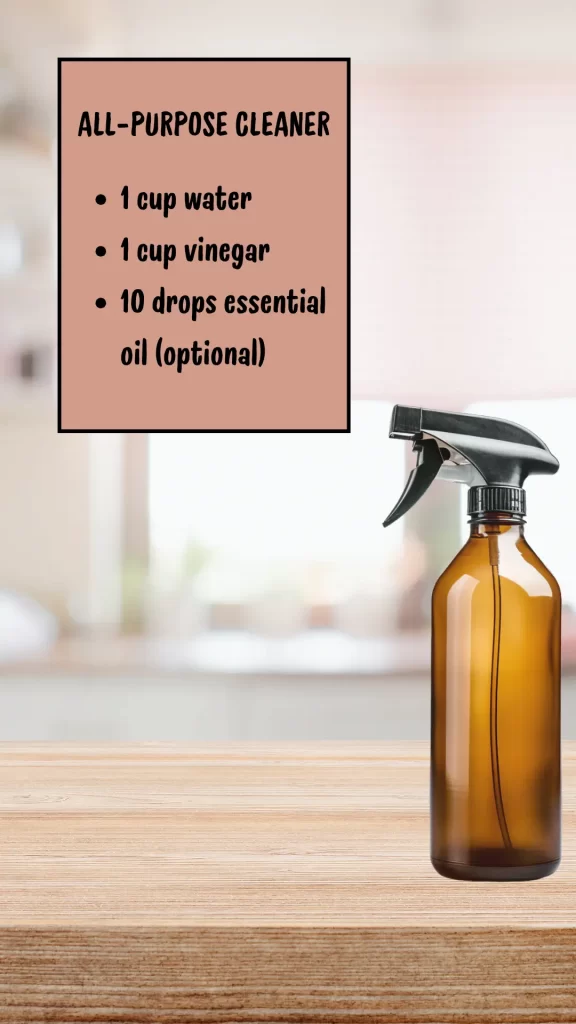
Green Cleaning on a Dime
Cleaning supplies can cost a lot and come with harsh chemicals. But with sustainable living in mind, you can clean smarter.
Here are a few ingredients that do the job well:
- White vinegar
- Baking soda
- Lemon juice
- Castile soap
These are safe, cheap, and powerful. You can use them to clean almost anything.
Need a quick all-purpose cleaner? Try this:
- 1 cup water
- 1 cup vinegar
- 10 drops essential oil (optional)
Mix and spray. That’s it.
For scrubbing sinks or tubs, use baking soda. Sprinkle it on, scrub with a wet sponge, and rinse. It works like a charm.
Lemon juice is great for cutting grease and leaving a fresh scent.
If you don’t love the vinegar smell, add a few drops of essential oil or let citrus peels soak in it first. The result smells amazing.
Other money-saving tips:
- Reuse spray bottles.
- Cut old towels into rags.
- Skip dryer sheets—use wool dryer balls instead.
Want your home to smell nice without spending a fortune?
- Simmer a pot of water with cinnamon sticks and orange peels.
- Place a bowl of baking soda with a few drops of oil in any room.
It’s all about using what you already have or can buy for cheap.
You don’t need a shelf full of expensive cleaners. With a few basic ingredients, you can tackle most messes the budget-friendly way. That’s clean living—literally.
Shopping with Purpose, Not Pressure
Shopping used to be my go-to when I was bored or stressed. Now, I stop and ask: Do I really need this?
This shift is key to sustainable living. Buying less helps our wallets and reduces waste.
Impulse buys add up. They clutter our homes and drain our accounts. But shopping with purpose changes that.
Here are some tips to make better shopping choices:
- Make a list and stick to it.
- Wait 24 hours before buying non-essentials.
- Avoid shopping when you’re tired or emotional.
- Ask, “Will I still want this next month?”
If you’re shopping for clothes:
- Try secondhand stores first.
- Choose items that can be worn multiple ways.
- Stick with neutral colors and classic styles.
Think quality over quantity. One well-made item is better than five cheap ones.
This also goes for household items:
- Look for multipurpose tools.
- Buy things that last.
- Skip items with lots of packaging.
One of my favorite tips is to unsubscribe from sales emails. It’s easier to avoid temptation when you’re not being reminded of every deal.
Try using cash or a prepaid card for non-essentials. When the money’s gone, you’re done. It’s a simple way to stay on track.
Sustainable shopping isn’t about never buying anything. It’s about slowing down and thinking things through. You’ll buy less, waste less, and stress less. And that’s a win across the board.
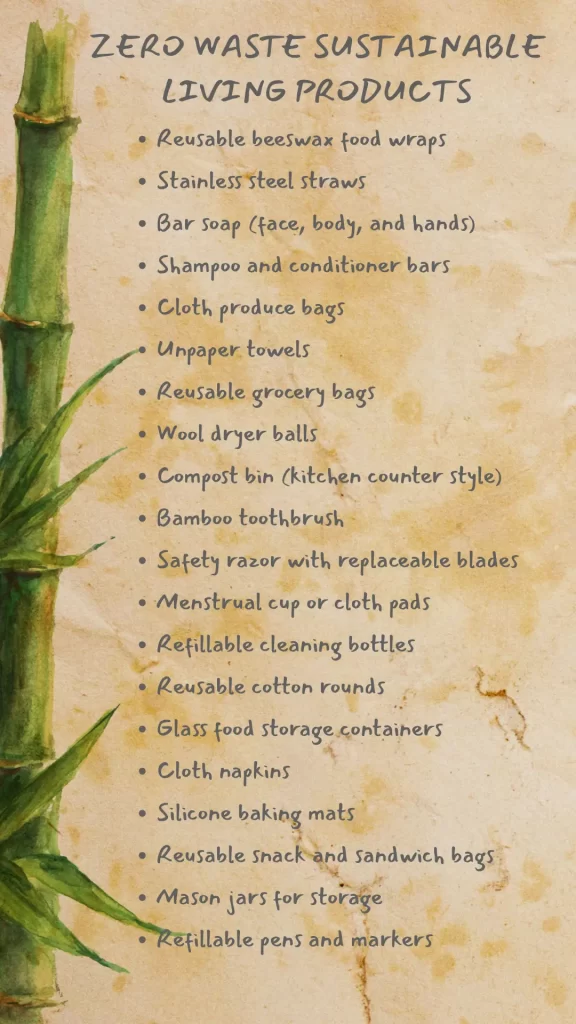
Zero Waste Sustainable Living Products That Are Useful
I used to think zero waste products sounded kind of extreme. Like, am I supposed to carry around cloth napkins in my purse? But here’s the thing: you can ease into sustainable living with a few zero waste swaps that actually work.
These aren’t just good for the planet. They save you money and cut down on trash too.
Here are some zero waste products I’ve found to be super useful:
- Silicone food bags – These replace plastic baggies and last for years. Just rinse and reuse.
- Compostable dish scrubbers – They work great, and when they’re worn out, they break down in the compost.
- Unpaper towels – Basically soft cloths you wash and reuse. They come in cute prints too.
- Solid shampoo and conditioner bars – These skip the plastic bottles and last longer than you’d expect.
- Toothpaste tablets – Pop one in your mouth, chew, and brush. No tube needed.
If you want to go zero waste in the bathroom:
- Try reusable cotton rounds for makeup removal.
- Switch to a safety razor with replaceable blades.
- Use bar soap instead of bottled body wash.
And don’t worry—you don’t have to go all in right away. Choose one or two items to try first. If they fit into your routine, great. If not, try another.
The goal isn’t to have no trash ever. It’s just to reduce what we toss out each day.
Zero waste doesn’t mean zero convenience. You’ll find that many of these products are easier to use than what you had before.
When it comes to sustainable living, these swaps are smart, simple, and totally doable.
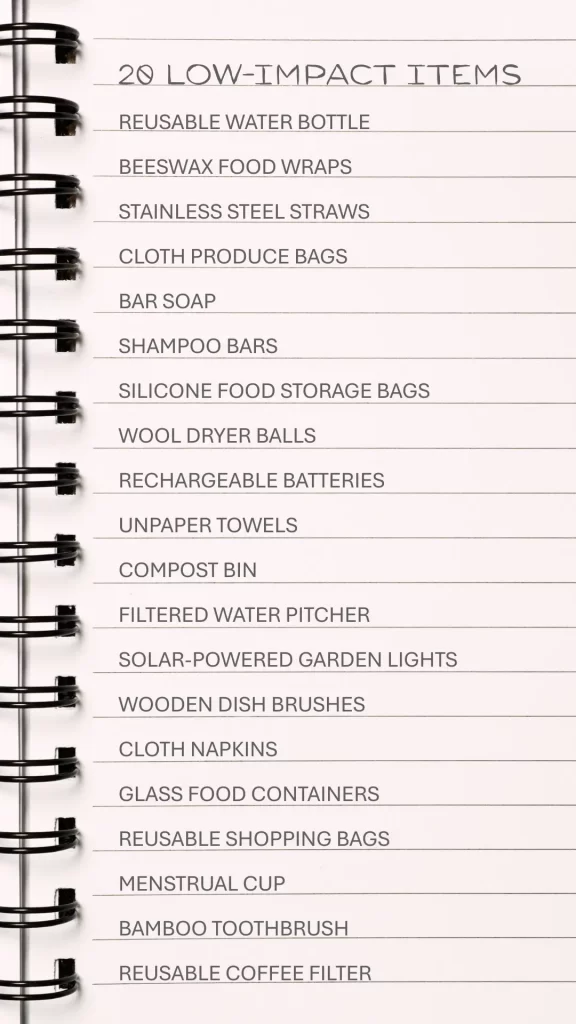
Low-Impact Items That Make Life Easier
I love anything that makes life simpler, especially when it lines up with sustainable living. That’s where low-impact items come in.
These are things that take less energy, create less waste, and still do the job. And they’re not hard to find or use.
Here are a few that make everyday life easier without hurting the earth:
- Dryer balls – Toss these in the dryer instead of using disposable sheets. They cut drying time too.
- Solar-powered lights – Perfect for the yard or porch. No batteries, no cords, and they charge themselves.
- Reusable grocery bags – Keep a few in the car or your purse so you’re never stuck.
- Wooden dish brushes – They last longer than plastic ones and look cute on the counter.
- Rechargeable batteries – Use them in remotes, toys, or flashlights. You’ll waste way less over time.
Want to cut down on waste in the kitchen?
- Try cloth napkins instead of paper ones.
- Use reusable baking mats instead of foil or parchment.
- Keep a filtered water pitcher to avoid buying plastic bottles.
Low-impact doesn’t mean low-quality. These are real tools that hold up and do what you need.
And here’s a little secret—low-impact items often save you space too. Fewer disposables mean fewer things piling up under the sink or in the trash.
If you’re trying to dip your toe into sustainable living, these are great starters. They help you use less, save more, and feel better about the choices you’re making every day.
Little things can make a big difference. Especially when they’re this easy to use.
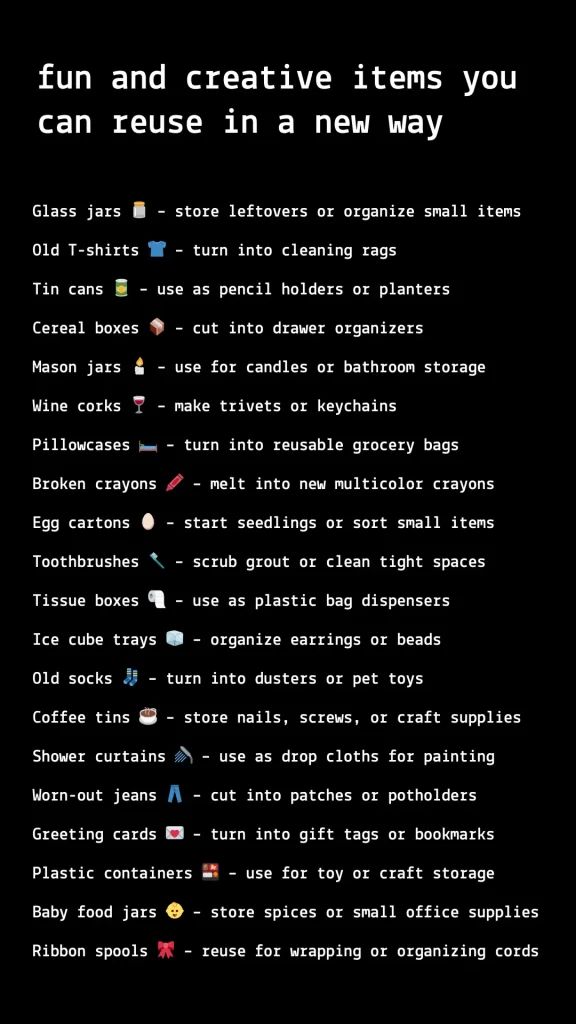
Sustainable Practices Around the Home
Living more sustainably at home doesn’t have to be hard. In fact, sustainable living at home can be simple, smart, and even kind of fun.
It’s all about using what you have, wasting less, and saving more. Let’s walk through some easy things you can do.
Start with your energy use:
- Turn off lights when you leave the room.
- Unplug chargers when they’re not in use.
- Wash clothes in cold water to save electricity.
- Hang clothes to dry when you can.
These little changes lower your electric bill and help the planet too.
In the kitchen, try these habits:
- Use a lid on pots when cooking to heat food faster.
- Make double batches of meals and freeze half to save time and energy later.
- Only run full loads in the dishwasher.
And let’s talk about water use:
- Take shorter showers—just by a few minutes.
- Turn off the tap while brushing teeth.
- Use a bucket to collect water while waiting for the shower to heat, then use it to water plants.
Want your home to smell fresh?
- Simmer cinnamon sticks and apple peels on the stove.
- Place bowls of baking soda with a few drops of oil in rooms.
These small habits don’t require money or time. They just take a little awareness.
Living sustainably at home doesn’t mean redoing your whole life. It just means making a few smart tweaks.
These shifts feel good. They save money. And once you start, it’s easy to keep going.
Final Thoughts on Sustainable Living
Let’s recap what we covered in this post. Sustainable living doesn’t mean you have to be perfect or make giant changes. It just means making smarter choices—especially when it saves money too.
Here’s what we talked about:
- Reusing more, buying less
- Making easy, budget-friendly swaps
- Wasting less in the kitchen and beyond
- Cleaning with safe, cheap ingredients
- Shopping with more thought, less impulse
These steps aren’t hard. And you don’t have to do them all today. Start with one and keep going.
A few swaps here and there might not seem like much. But over time, they build up. And they really do make a difference.
You’ll waste less. Spend less. Feel better about the way you live.
Plus, many of these ideas are great to share. You can pin them on Pinterest or text them to a friend. It’s nice to pass along tips that are doable and real.
If you’re trying to stretch your budget and take care of your home, sustainable choices make a lot of sense.
It’s not about being trendy or perfect. It’s about being practical.
You don’t have to grow your own food or stop shopping altogether. Just start where you are and do what you can.
Thanks for sticking with me through all these tips. I hope you found something that clicks.
And remember—sustainable living is really just smart living.
